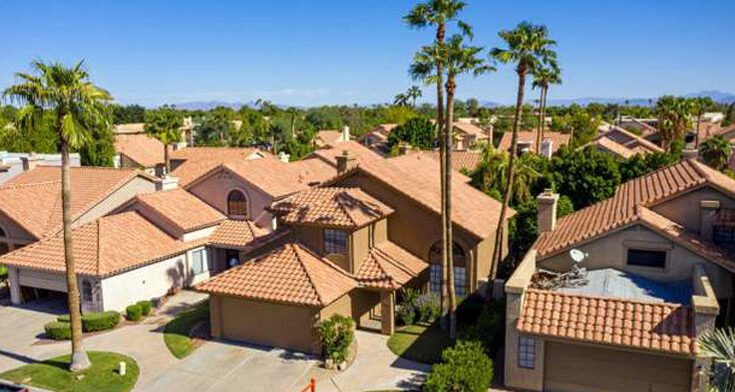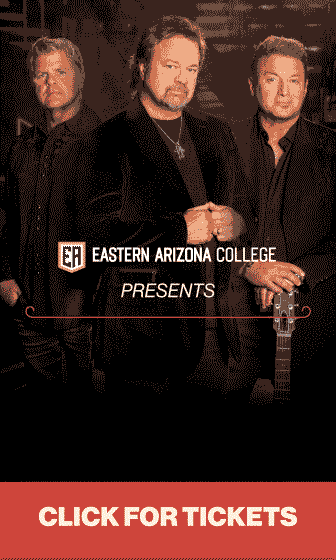Arizona’s housing market has undergone significant changes in recent years. Rising home prices, limited inventory, and rapid population growth have left many residents searching for solutions beyond traditional single-family homes. From rural communities in Graham and Greenlee counties to larger cities like Phoenix and Tucson, more people are exploring creative ways to secure affordable housing.
Tiny Homes: Compact Living with Big Savings
Tiny homes have gained traction across Arizona as housing costs continue to rise. These small structures, typically under 400 square feet, appeal to individuals and couples seeking to minimize expenses while maintaining their independence. Cities such as Flagstaff and Tucson have seen increased interest in tiny home communities, where affordability pairs with the appeal of a simplified lifestyle.
For younger buyers, tiny homes can serve as an entry point into ownership at a fraction of the cost of a traditional house. For retirees, they offer a manageable space that requires less upkeep. While zoning and permitting can vary by location, the concept continues to attract attention from those willing to trade square footage for financial breathing room.
Modular and Prefab Homes: Faster, Cost-Effective Builds
Modular and prefab homes are becoming increasingly common across Arizona’s growing suburbs. Unlike traditional stick-built houses, these homes are constructed in sections at a factory and assembled on-site, which reduces both time and cost. Families in areas such as Queen Creek and Buckeye are turning to prefab models as a way to secure housing without waiting months for construction to finish.
Beyond affordability, modular housing also offers consistency in quality and energy efficiency. Rising home costs are one of the biggest drivers of this trend, as outlined in a recent housing affordability report from the Common Sense Institute. With faster delivery times and customizable layouts, this option continues to attract interest from Arizonans seeking stable housing at lower costs.
Rustic Housing for Rural and Retirement Living
In many rural parts of Arizona, open land creates opportunities for housing options that blend affordability with a closer connection to nature. One choice that has gained attention is park model cabins, compact turn-key structures designed for both seasonal and year-round living.
These cabins are especially appealing to retirees and snowbirds seeking a comfortable retreat without the high cost of a traditional home. They also serve rural landowners who may want to add a guest house, rental unit, or secondary dwelling. Communities in areas like Graham County and Cochise County have seen increasing interest in these smaller structures, which offer a rustic look while remaining cost-friendly and manageable.
Accessory Dwelling Units: Flexible Housing on Existing Lots
Accessory dwelling units, often referred to as casitas in Arizona, are gaining popularity as families seek ways to maximize the use of their property. These small, secondary units are built on the same lot as an existing home and can serve as housing for relatives, guest quarters, or rental space.
Cities such as Phoenix, Mesa, and Tucson have updated zoning to make ADUs easier to build, reflecting growing demand. For multigenerational households, they offer a practical solution that keeps the family close while providing independence. For homeowners, generating rental income can help offset rising mortgage and utility costs. As housing prices continue to climb, the flexibility of ADUs is making them a more common sight across Arizona neighborhoods.
Shared Housing and Co-Living in Rural Communities
In southeastern Arizona towns such as Safford, Thatcher, Clifton, and Morenci, affordable rental options can be limited. Shared housing and co-living setups have become one way for residents to manage high costs by splitting expenses on larger properties. These arrangements are especially helpful for young workers, families starting, or those who want to remain in their hometowns without taking on the full burden of rent or ownership.
By combining resources, residents can access stable housing while staying connected to their communities. Ongoing investments in affordable housing underscore how state and local leaders are working to expand options across the region, and shared housing remains one of the practical solutions gaining traction.
In Conclusion
Affordable housing remains a pressing issue across Arizona, from its largest cities to smaller towns in Graham and Greenlee counties. While traditional single-family homes remain out of reach for many, alternatives such as tiny homes, prefab construction, park model cabins, ADUs, and shared housing provide options that better fit today’s financial realities. These approaches reflect the diverse needs of Arizonans, providing more pathways for residents to remain connected to their communities despite rising costs.









